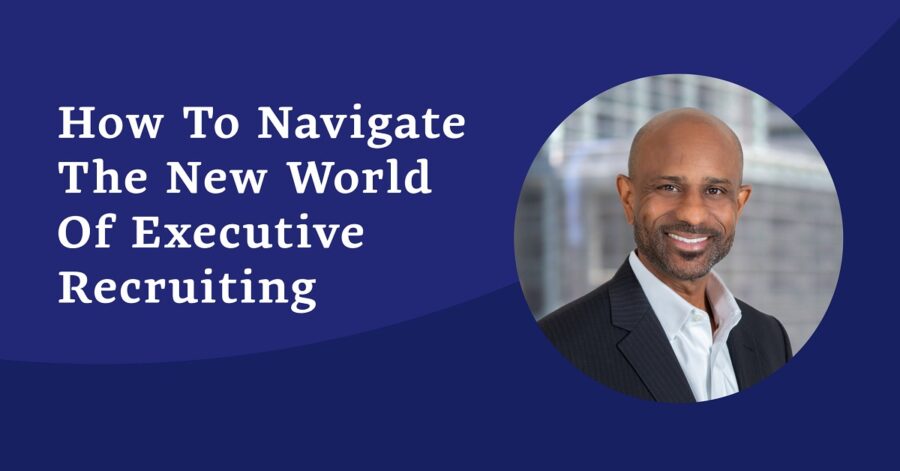All of our lives have been turned upside-down over the past two years. From our health to our personal lives to our families, no corner has gone unaffected.
This is especially true for our professional lives. Zoom meetings, new technologies, new ways of hiring, and new priorities for employees. In the recruiting world, this has meant an abundance of folks moving from one job to another. (A 2021 Microsoft survey found that an astounding 41 percent of the global workforce is considering leaving their current job within the next year.) Every day I’m getting emails that reinforce this—opportunities from former people I’ve worked with, or new people looking for a different opportunity.
The landscape has changed, and companies need to be prepared to ensure a smooth hiring process that results in the right-fit hire. Based on what we’ve been seeing, here’s what we’re encouraging our clients to keep in mind.
The pace of hiring has accelerated
In the past, you could identify a prospective hire and then bring them in at a pace that suited both you and them. Now, everything is much, much faster. Instead of having to take time off and sneak away to an interview, folks can just hop on a Zoom interview and be back working their current job within the hour. This puts more pressure on companies to move quickly on the hires they want.
This means having the right interview team in place, and having them available. If you’re waiting weeks, the candidate might be gone. Companies should be doing this anyway, but the pandemic has made it imperative.
Remote options are top of mind
Remote work was a necessity for many industries the past two years, and in recent months has become a sticking point for many companies and candidates as they attempt to navigate a post-pandemic world.
Not every candidate is comfortable meeting in person still. That means that individual companies are going to need to ask big questions. Are we comfortable with someone working remotely 100 percent of the time? Maybe that’s okay for a mid-level hire, but you might think differently for the C-suite. Will I be able to assess whether this hire will be a good culture fit just based on a video interview? Rather than just thinking of the downsides, what are the upsides of online interviews for your company?
Everyone will answer these questions differently, but it’s important to remember that potential employees are thinking about this, too.
Be flexible
Companies that understood how to pivot are finding success, and the rigid ones are losing out. Most executive searches used to take five to eight months; now they last from to three to five months. Companies need to work fast to get the best possible talent.
Because of this, it may be better to bring in a tighter group of candidates. Instead of eight, maybe four or five.
This may all sound negative—it’s not. The freedom prospective hires have right now has a flipside as well: there’s a bigger candidate pool to pick from. Here at Howard Fischer Associates, our experience and process allow us to quickly identify who the top candidates are in this current hyperactive market. We’re leveraging our networks constantly, asking for introductions and making connections. We know what’s happening across markets and can help companies navigate this new landscape as they search for the right candidate.
—–
ABOUT THE AUTHOR
Jamal is a Principal in the Silicon Valley office, where he focuses on executive and board level searches for both venture-backed and public companies in the enterprise and consumer spaces.

